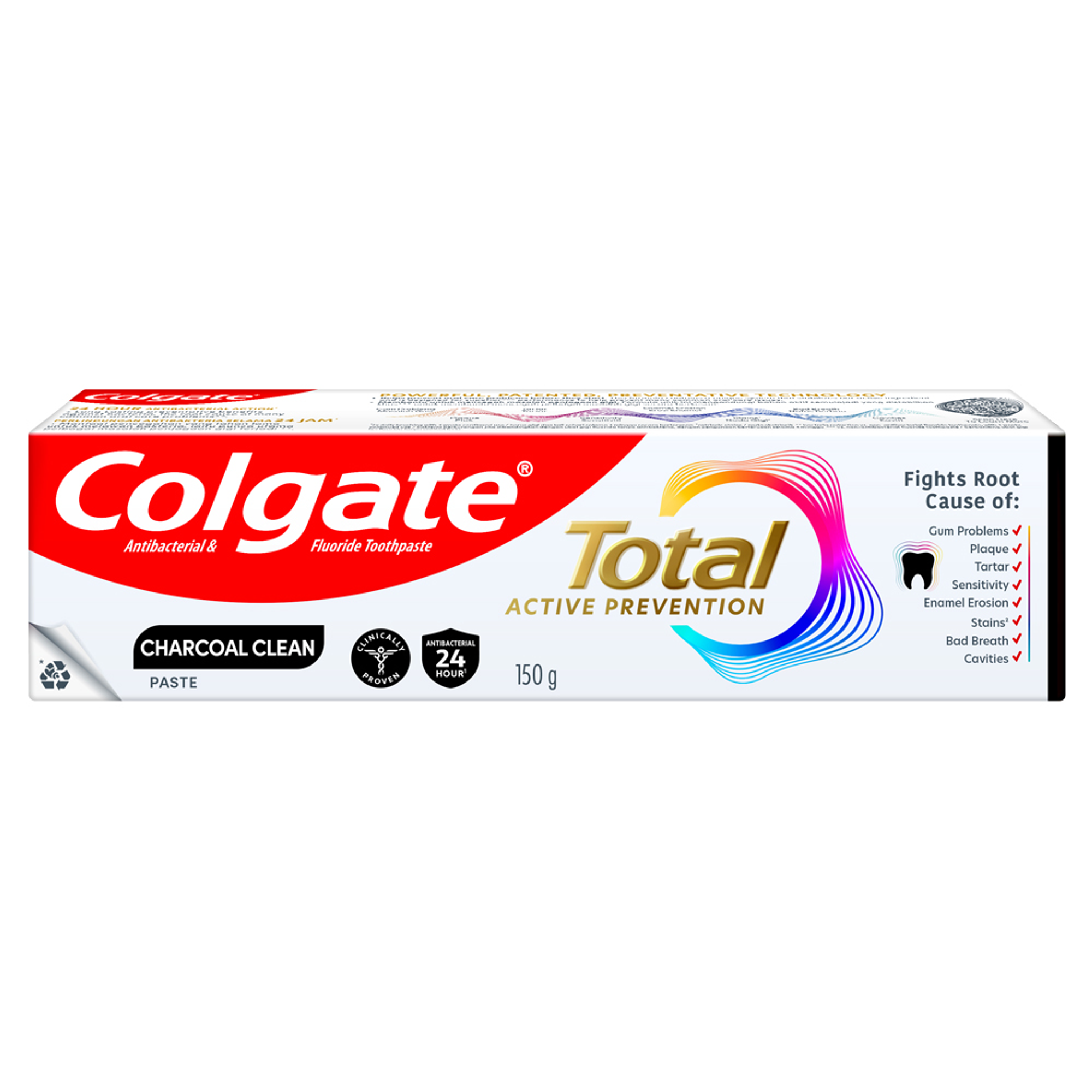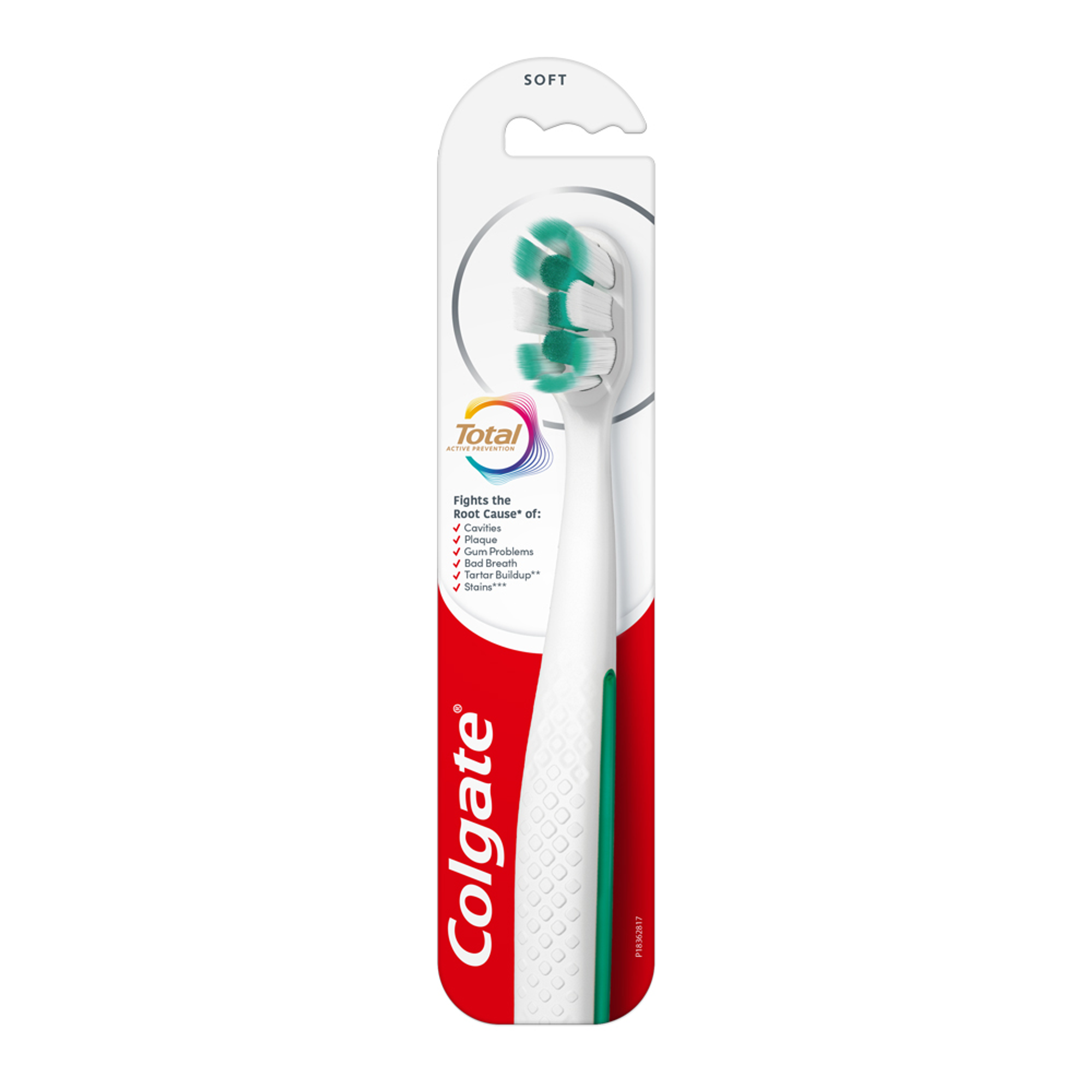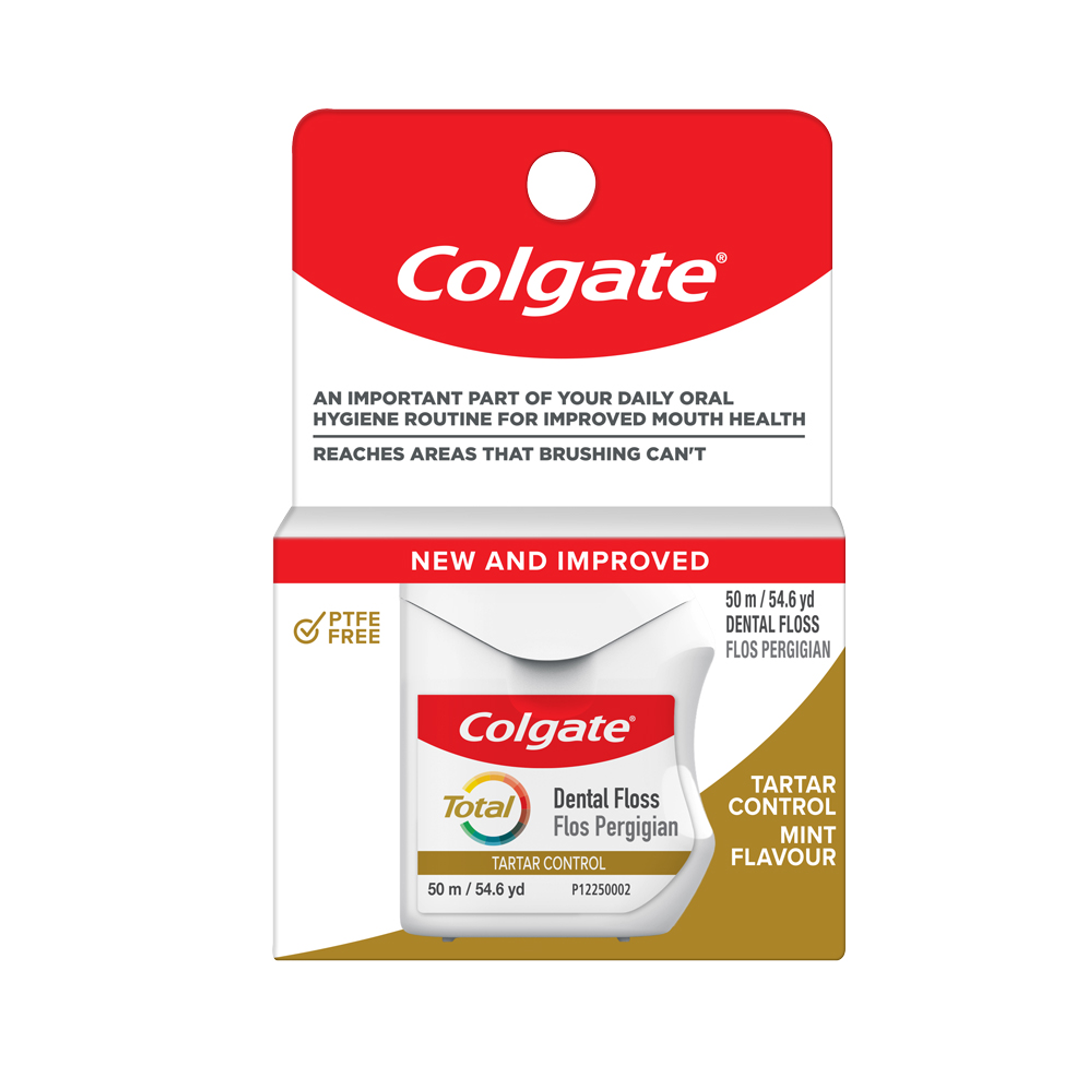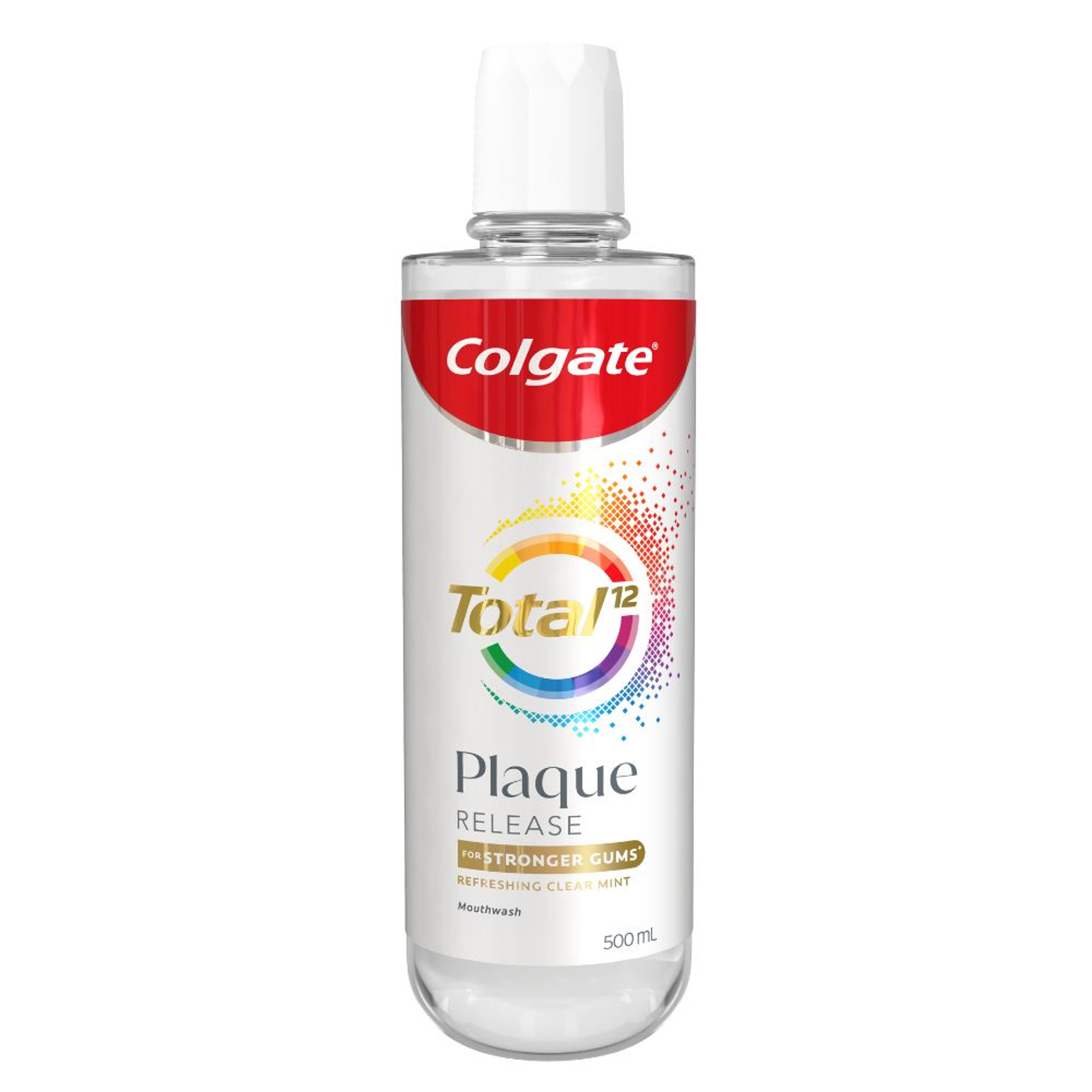-
-

FLUORIDE
Discover how stannous fluoride toothpaste prevents cavities and other oral health issues. Learn the key benefits of fluoride for teeth and its best uses.Fluoride plays a vital role in oral healthcare...

TEETH WHITENING
Teeth Whitening Serum for a Brighter, Confident SmileWho does not want whiter and brighter teeth? Thanks to the many teeth-whitening products available today...
-
Science & Innovation
- Colgate® | Toothpaste, Toothbrushes & Oral Care Resources
- Oral Health
- Gingivectomy Surgery: What You Need To Know


What Is It?
The procedure is the total removal of a portion of gingiva (gum) from in and around a tooth or teeth in order to treat gum disease or to lengthen the height or width of a tooth or a section of teeth. It can be performed by a general dentist who has training in periodontal surgery. The procedure is more likely to be done by a periodontist. An article from medical and healthcare portal - human - defines a periodontist as a dentist who specialises in the detection, diagnosis and treatment of gum infections, the reconstruction of gum-related cosmetic problems and the placement of dental implants.
Another type of periodontal surgery is called a gingivoplasty. A gingivoplasty is different than a gingivectomy as the former only involves a partial removal of the gums (plasty). The latter removes an entire portion of a gum section.
How Is a Gingivectomy Performed?
Gingivectomy is the treatment of choice for chronic gum disease when the condition cannot be treated with antibiotics, scaling and root planning, according to this Health-Tourism.com article on the gingivectomy procedure. The diseased tissue is trimmed and removed, the remaining gums are reattached in and around the teeth by sutures (stitches), and the area is cleaned with saline and special rinses. A local anaesthetic is used to keep the patient comfortable during the procedure.
After the procedure is completed, a surgical dressing, or pack, is placed in and around the teeth and gums. A temporary protective covering is placed over the suture to aid in tissue healing. One quadrant of the mouth is operated on in one session. If the severity of periodontal disease means that all the quadrants need to be treated, the entire procedure may take one to two months.
What Care Is Required Post-Gingivectomy?
Most patients can return to a normal oral care regimen in less than a month after the procedure. Routine check-ups with a dentist or periodontist will ensure that the surgery is a success. The dental professional who performed the surgery will probably want to follow up with visits every three months, and then with at least twice-yearly preventive health visits to clean in and around the surgical site.
Related Articles

Flossing is important for good oral health. If you have difficulty using string floss, talk to your dentist about alternatives, like a water flosser.

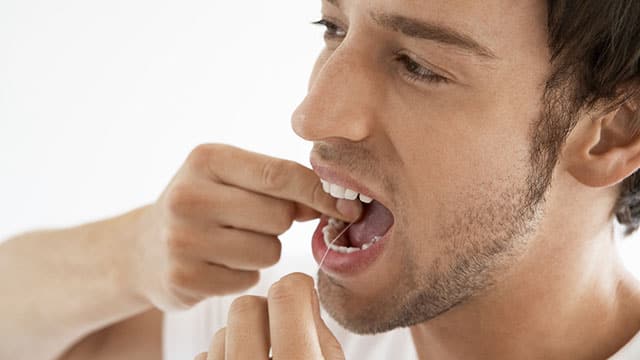
Water flossing uses water jets to clean between teeth, while traditional floss uses string. Learn the differences and choose what suits you best.
Related Products

Helping dental professionals
More professionals across the world trust Colgate. Find resources, products, and information to give your patients a healthier future




